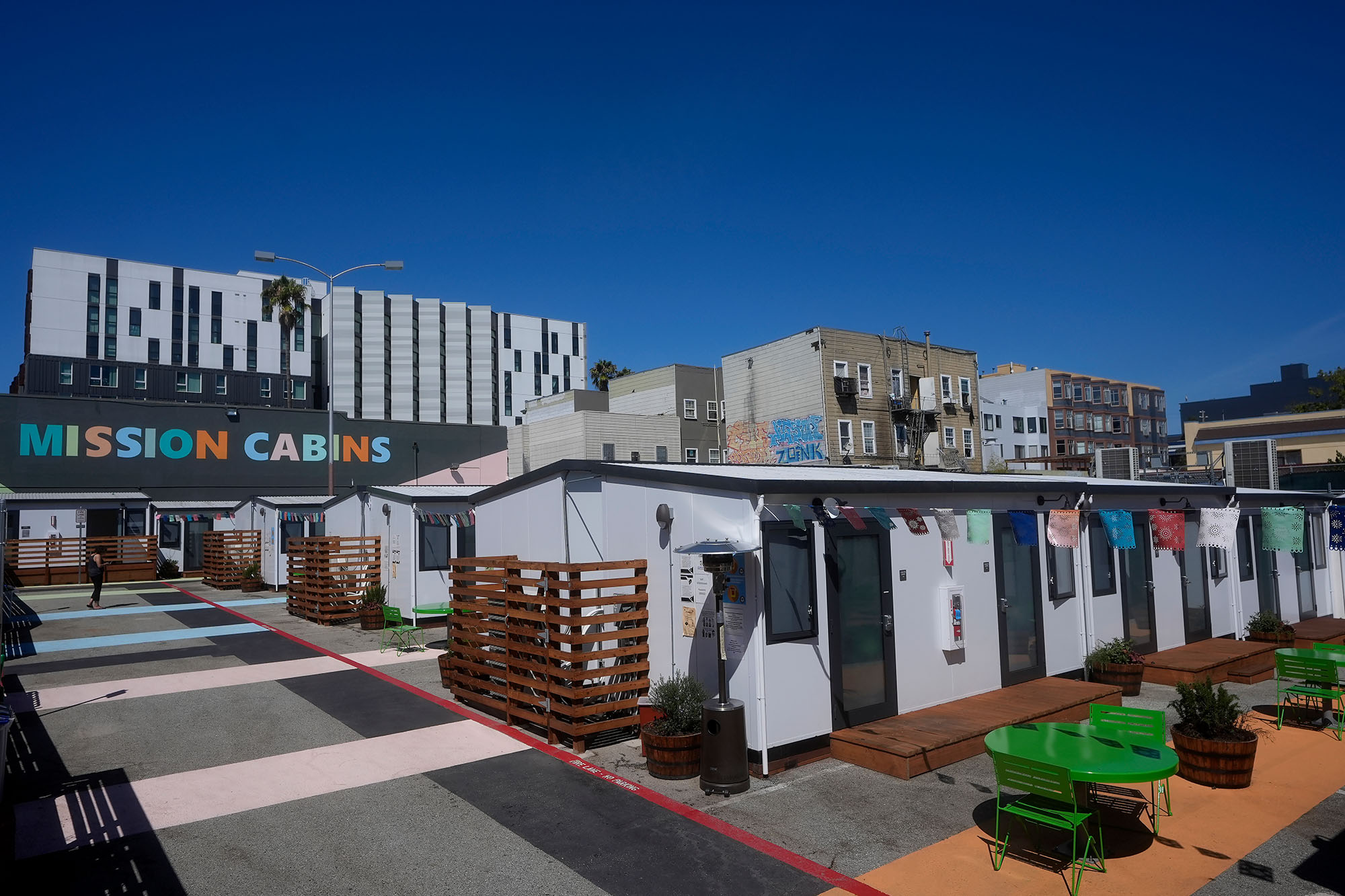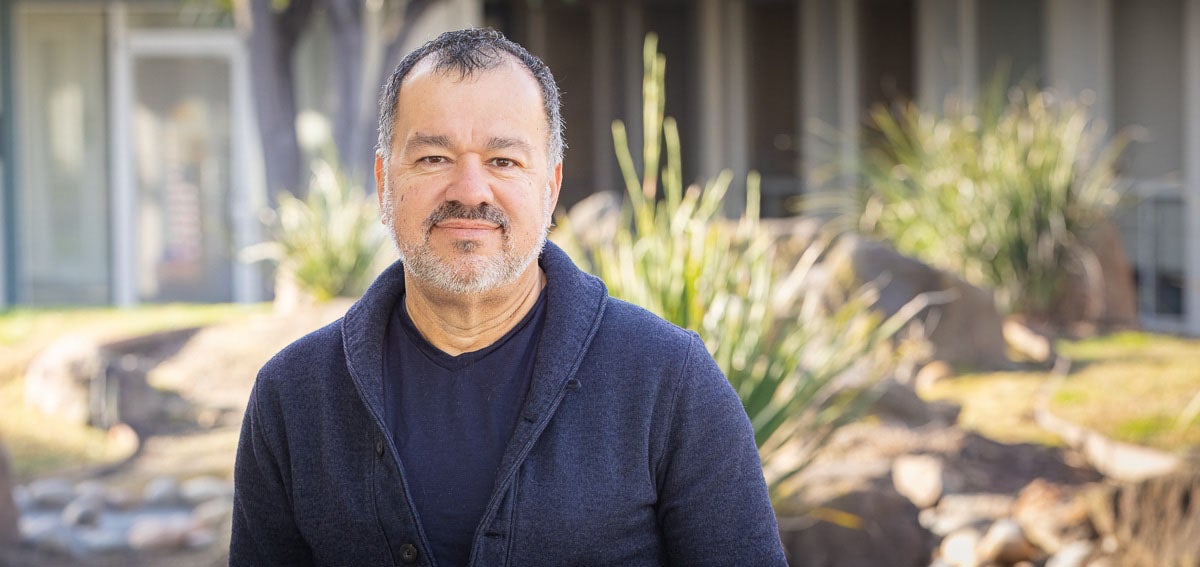
In early 2018, Debbie was still living with the trauma of a brutal attack that took the lives of two of her children. She experienced panic attacks and persistent depression, but the mental health care she desperately needed was difficult to access in the remote area in which she lived. Debbie makes her home in Anza, California, a rural community in the Inland Empire, east of Los Angeles. It’s a vast area that has been hard hit by the health care workforce shortage that’s creating serious challenges statewide.
At a low point, she was on nine medications and needed to travel an hour and a half to two hours each way to see a therapist — a journey often complicated by difficulties arranging rides and dealing with traffic snarls. Getting there was so stressful that it was often hard for her to focus at the therapy session, she said.
The situation changed when Debbie became one of the patients participating in the CHCF telehealth initiative. CHCF is working with community health centers and health plans across rural California to expand telehealth services and increase access to specialty care, including behavioral health. Debbie now drives five minutes to her community health center, Borrego Health, for video conferences with a remote psychiatrist and a therapist. With regular, convenient, and low-stress care, Debbie has made progress toward recovery. Instead of nine medications, she now takes two and says her mental health has dramatically improved. Watch her story:
Californians More Worried Than Ever About Access to Mental Health Care
For the first time ever Californians now say that ensuring access to mental health treatment is their number one health policy priority, according to a CHCF/Kaiser Family Foundation poll released last month. A majority of Californians believe there aren’t enough mental health providers serving their communities.
The data back them up. Large swaths of California are federally designated health professional shortage areas for psychiatry. The state’s behavioral health workforce is unevenly distributed and often over-concentrated in urban centers. For rural Medi-Cal beneficiaries like Debbie, the shortage is even worse because fewer providers participate in Medi-Cal.
Telehealth can be part of the solution by more quickly and conveniently connecting patients to available providers in other areas and cutting down on long travel times and wait lists. That’s why the California Future Health Work Commission included expansion of telehealth as one of its urgent recommendations to end the provider shortage in California. This is one of many important recommendations.
Debbie’s story and dramatic turnaround show the important part telehealth can play in overcoming the provider shortages and ensuring all Californians get the care they need.
Learn more about CHCF’s efforts to improve access to care in rural California through telehealth.
Authors & Contributors






